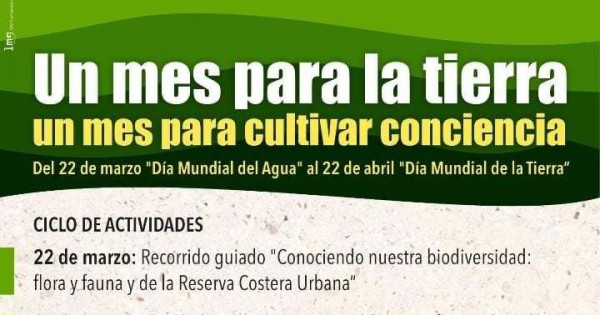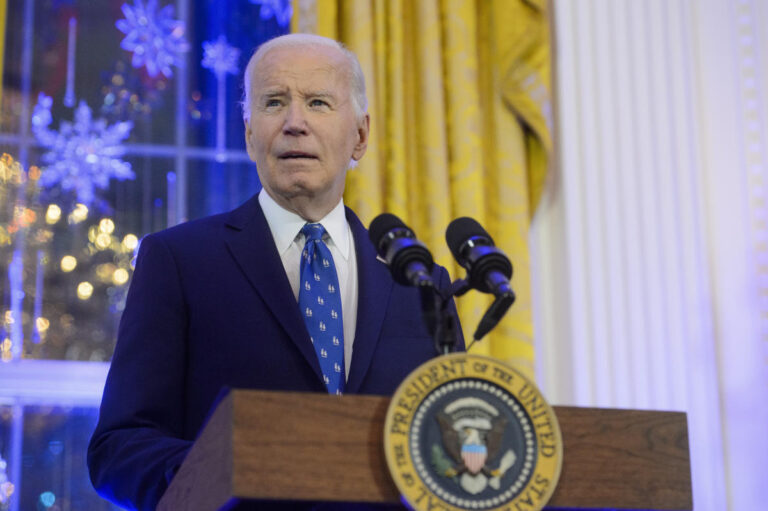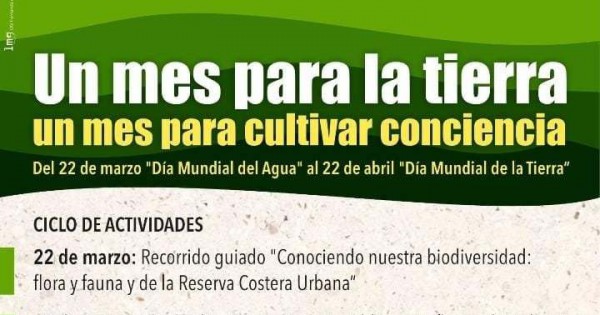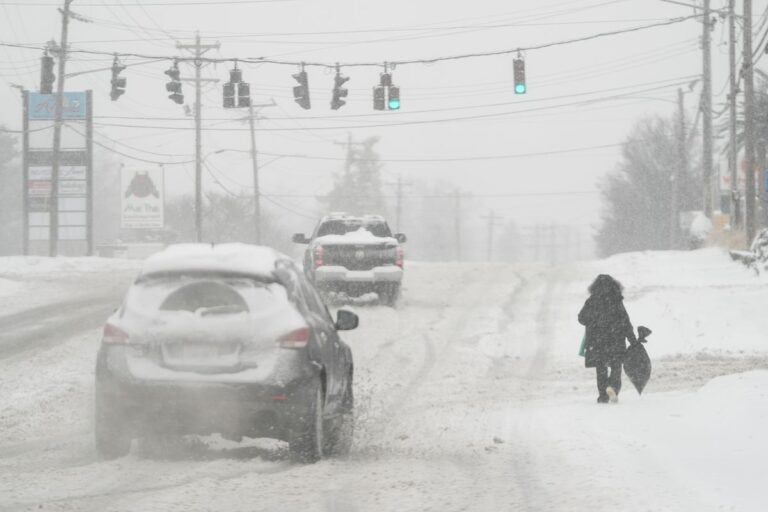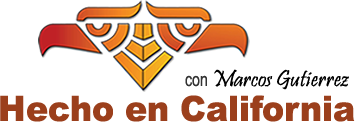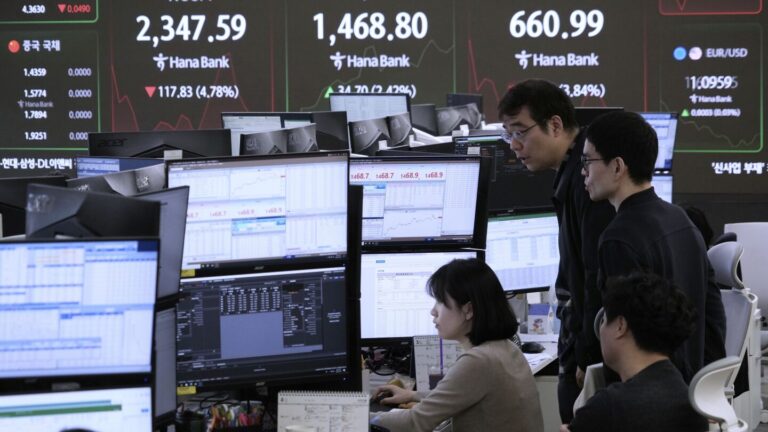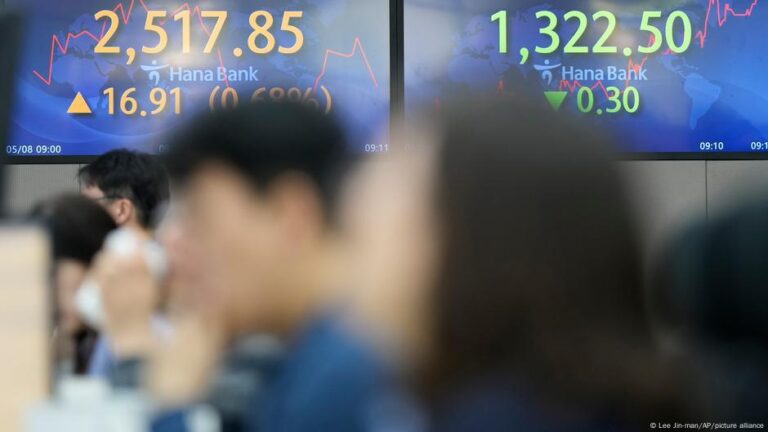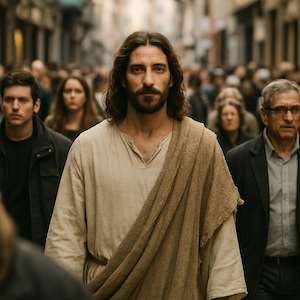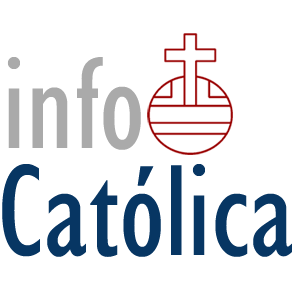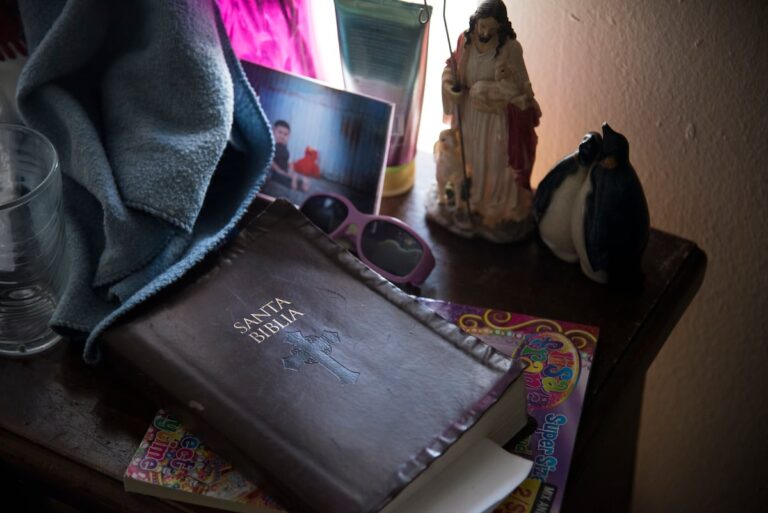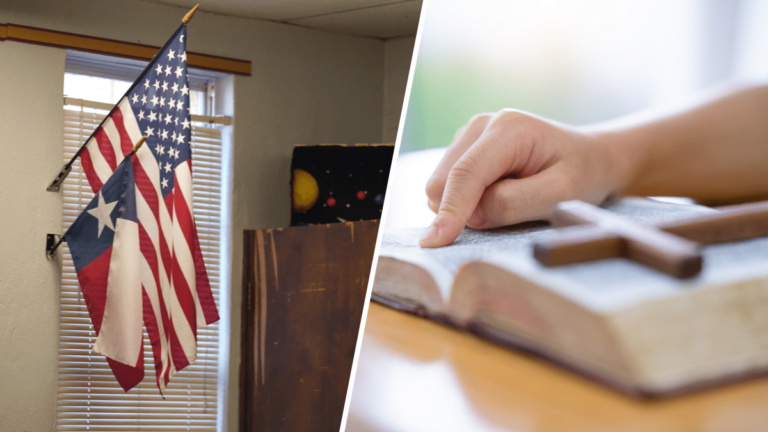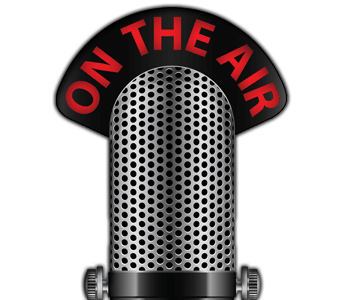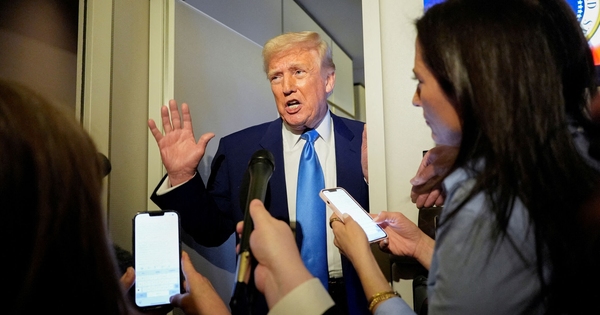


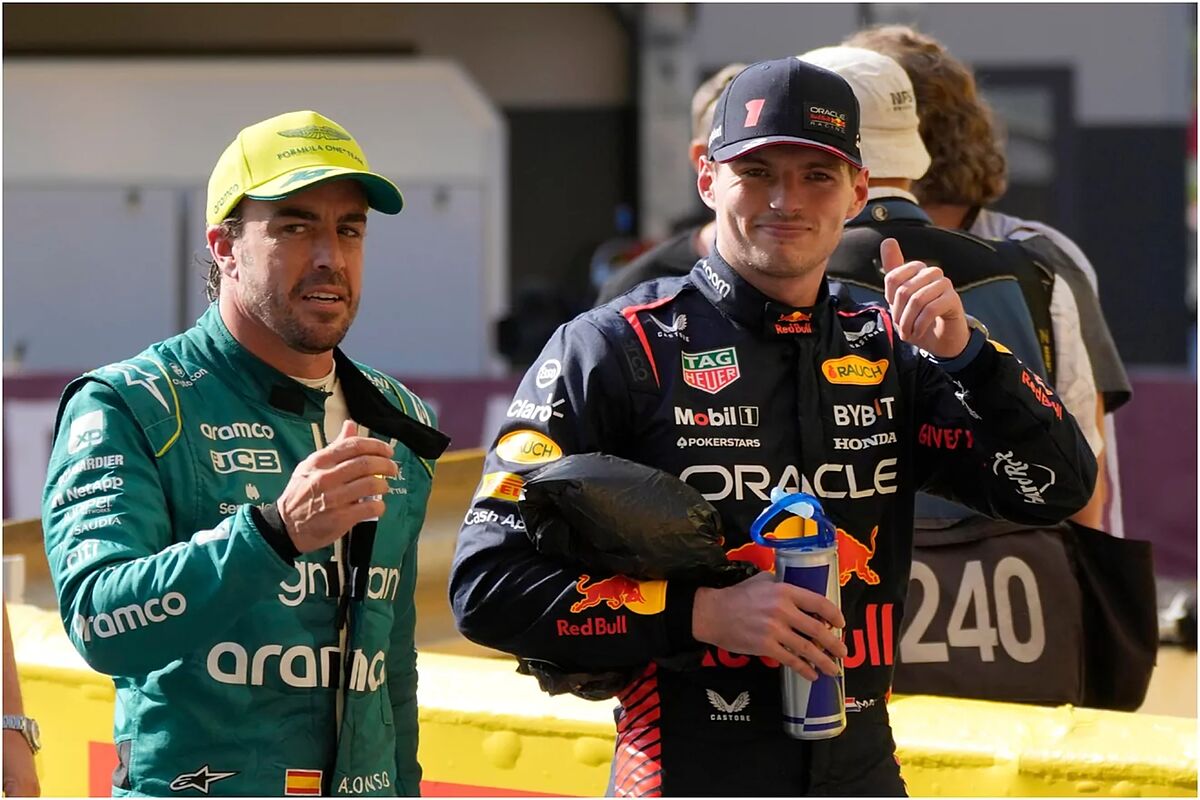


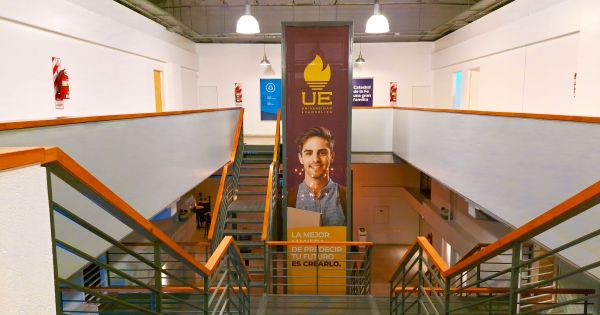
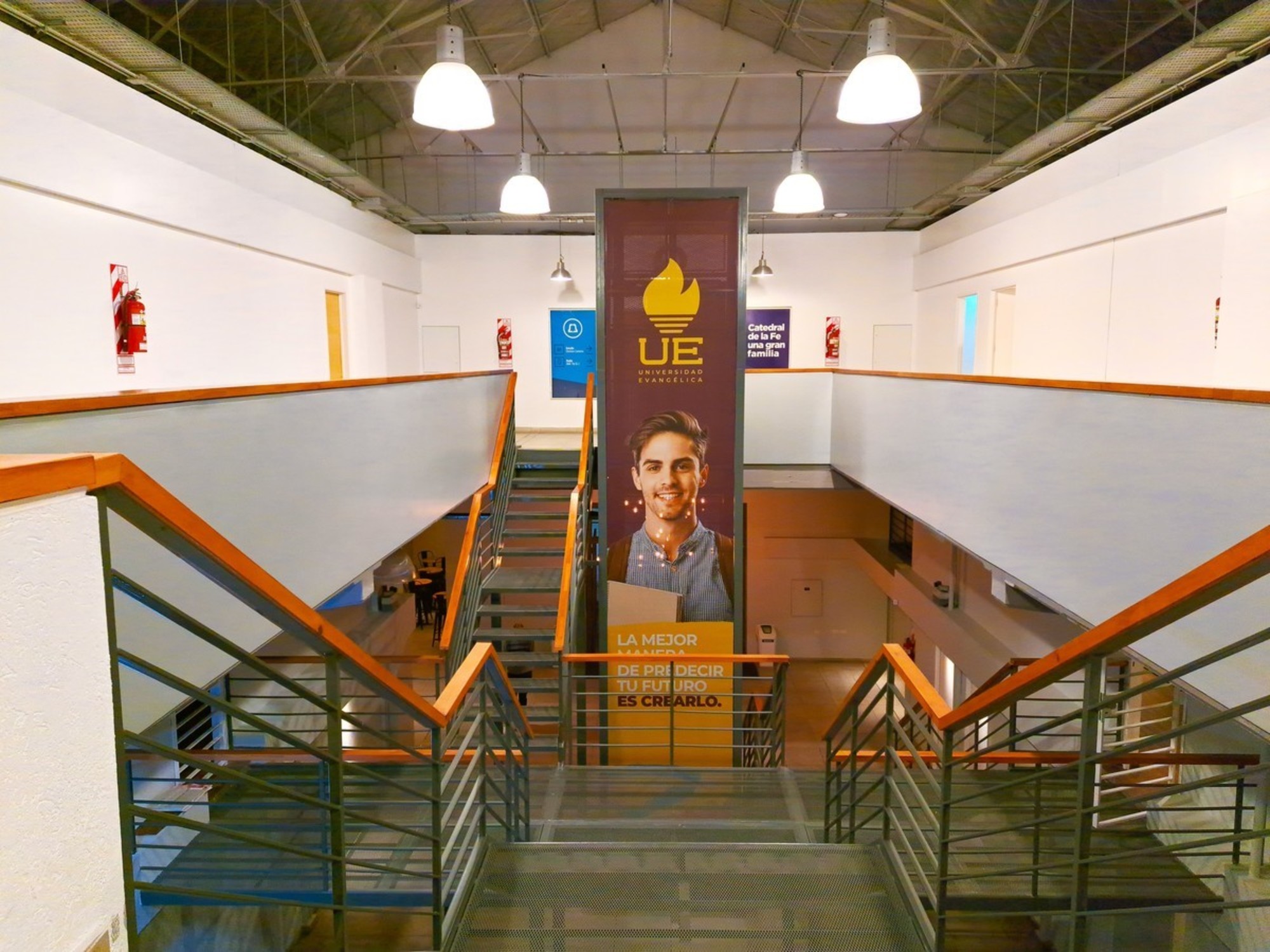
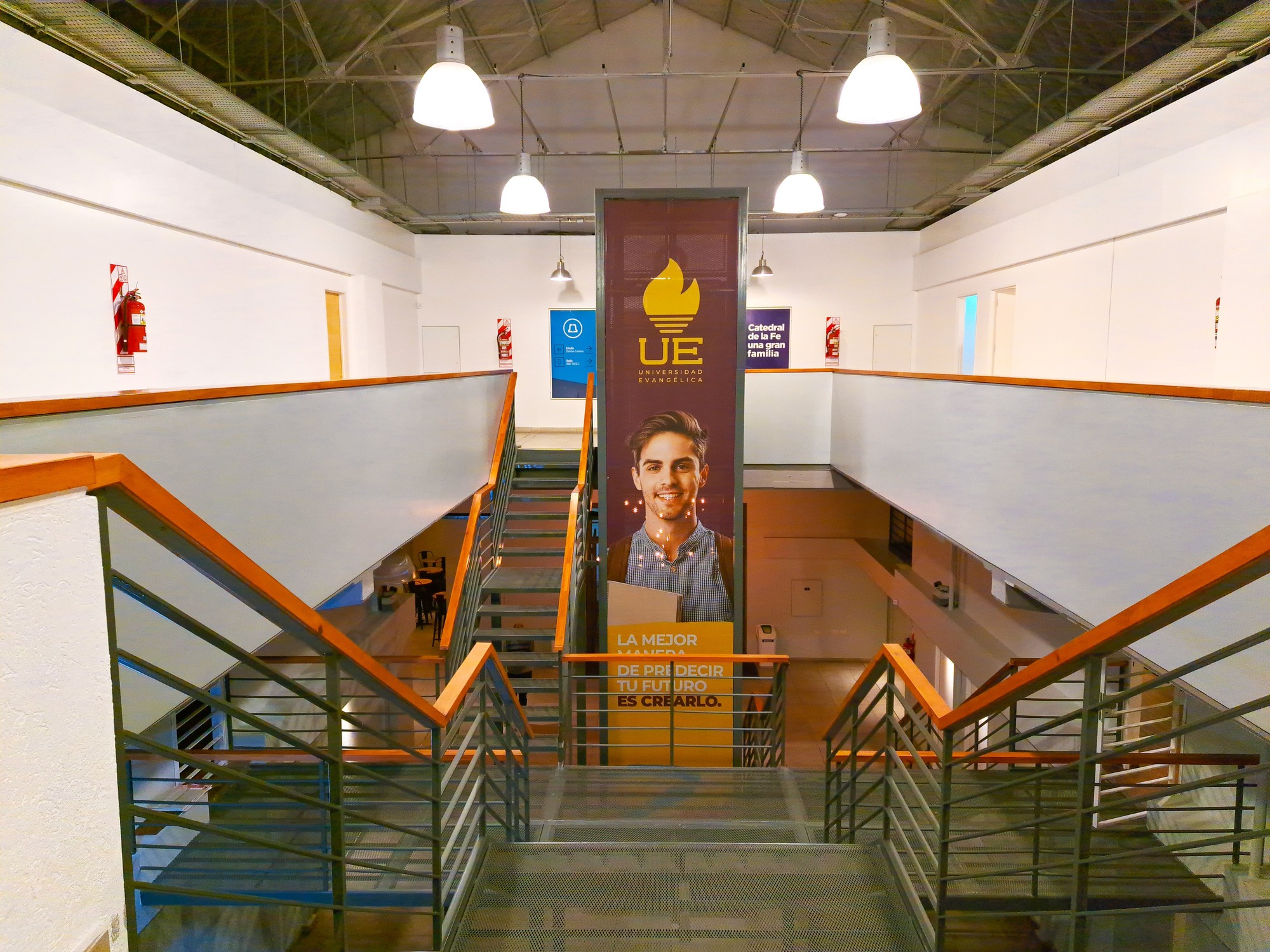










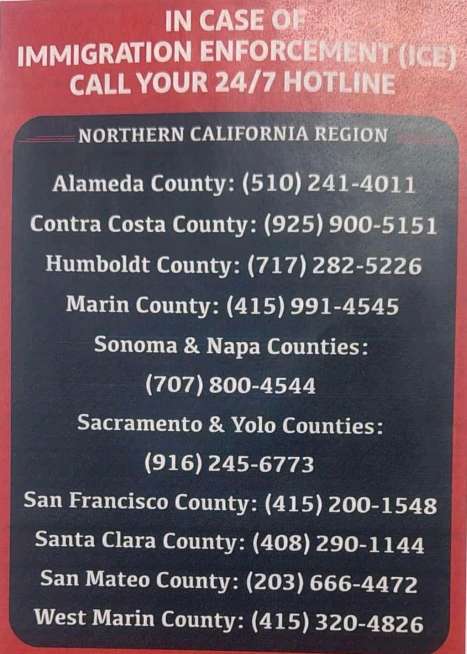
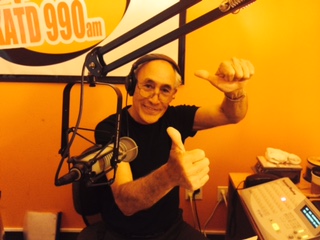
Abril 4 de 11am a 12m
Hecho en California
 71. Abril 4 de 11am a 12m - Hecho en California
71. Abril 4 de 11am a 12m - Hecho en California 70. Abril 4 de 9am a 10am - Hecho en California
70. Abril 4 de 9am a 10am - Hecho en California 69. Abril 3 de 11am a 12m - Hecho en California
69. Abril 3 de 11am a 12m - Hecho en California 68. Abril 3 de 10am a 11am - Hecho en California
68. Abril 3 de 10am a 11am - Hecho en California 67. Abril 3 de 9am a 10 am - Hecho en California
67. Abril 3 de 9am a 10 am - Hecho en California 66. Abril 2 de 11am a 12m - Hecho en California
66. Abril 2 de 11am a 12m - Hecho en California 65. Abril 2 de 10am a 11am - Hecho en California
65. Abril 2 de 10am a 11am - Hecho en California 64. Abril 2 de 9am a 10 am - Hecho en California
64. Abril 2 de 9am a 10 am - Hecho en California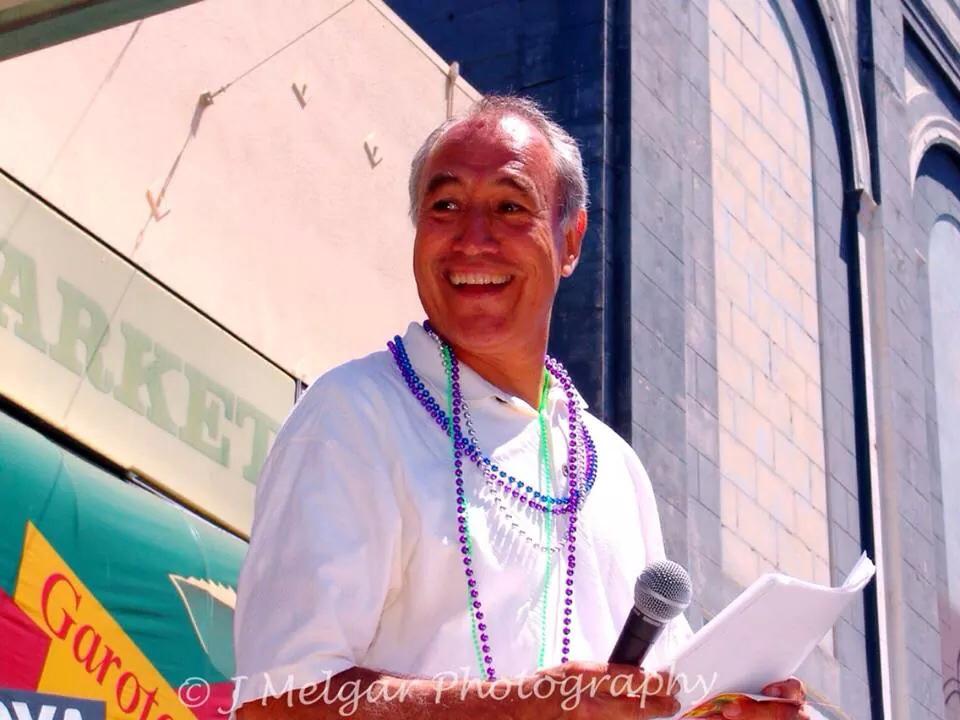 63. Abril 1 de 11am a 12m - Hecho en California
63. Abril 1 de 11am a 12m - Hecho en California 62. Abril 1 de 10am a 11am - Hecho en California
62. Abril 1 de 10am a 11am - Hecho en California 61. Abril 1 de 9am a 10 am - Hecho en California
61. Abril 1 de 9am a 10 am - Hecho en California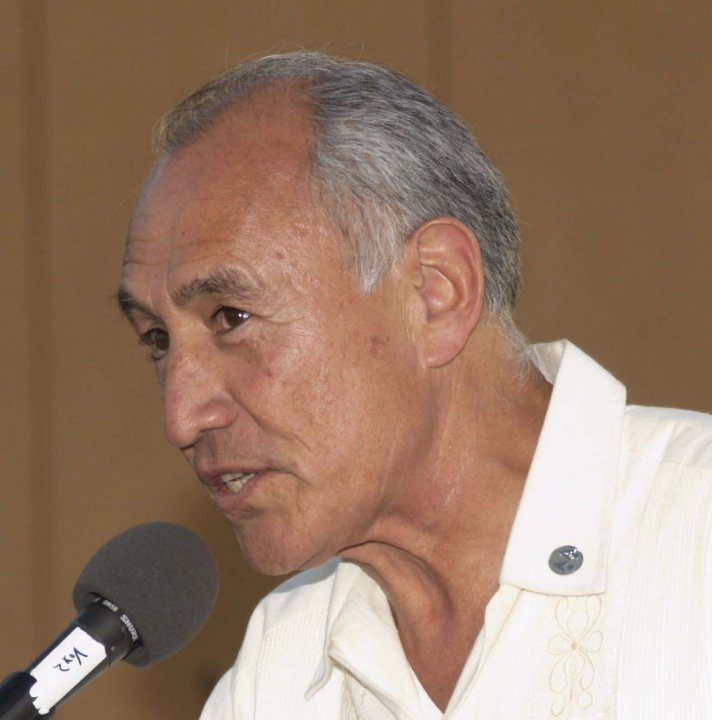 60. Marzo 31 de 11am a 12m - Hecho en California
60. Marzo 31 de 11am a 12m - Hecho en California 59. Marzo 31 de 10am a 11am - Hecho en California
59. Marzo 31 de 10am a 11am - Hecho en California 58. Marzo 31 de 9am a 10 am - Hecho en California
58. Marzo 31 de 9am a 10 am - Hecho en California 57. Marzo 28 de 11am a 12m - Hecho en California
57. Marzo 28 de 11am a 12m - Hecho en California 56. Marzo 28 de 10am a 11am - Hecho en California
56. Marzo 28 de 10am a 11am - Hecho en California 55. Marzo 28 de 9am a 10 am - Hecho en California
55. Marzo 28 de 9am a 10 am - Hecho en California 54. Marzo 27 de 11am a 12m - Hecho en California
54. Marzo 27 de 11am a 12m - Hecho en California 53. Marzo 27 de 10am a 11am - Hecho en California
53. Marzo 27 de 10am a 11am - Hecho en California 52. Marzo 27 de 9am a 10 am - Hecho en California
52. Marzo 27 de 9am a 10 am - Hecho en California 51. Marzo 26 de 11am a 12m - Hecho en California
51. Marzo 26 de 11am a 12m - Hecho en California 50. Marzo 26 de 10am a 11am - Hecho en California
50. Marzo 26 de 10am a 11am - Hecho en California 49. Marzo 26 de 9am a 10am - Hecho en California
49. Marzo 26 de 9am a 10am - Hecho en California 48. Marzo 25 de 10am a 11am - Hecho en California
48. Marzo 25 de 10am a 11am - Hecho en California 47. Marzo 25 de 11am a 12m - Hecho en California
47. Marzo 25 de 11am a 12m - Hecho en California 46. Marzo 25 de 9am a 10 am - Hecho en California
46. Marzo 25 de 9am a 10 am - Hecho en California 45. Marzo 24 de 11am a 12m - Hecho en California
45. Marzo 24 de 11am a 12m - Hecho en California 44. Marzo 24 de 10am a 11am - Hecho en California
44. Marzo 24 de 10am a 11am - Hecho en California 43. Marzo 24 de 9am a 10 am - Hecho en California
43. Marzo 24 de 9am a 10 am - Hecho en California 42. Marzo 21 de 11am a 12m - Hecho en California
42. Marzo 21 de 11am a 12m - Hecho en California 41. Marzo 21 de 10am a 11am - Hecho en California
41. Marzo 21 de 10am a 11am - Hecho en California 40. Marzo 21 de 9am a 10 am - Hecho en California
40. Marzo 21 de 9am a 10 am - Hecho en California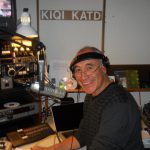 39. Marzo 20 de 11am a 12m - Hecho en California
39. Marzo 20 de 11am a 12m - Hecho en California 38. Marzo 20 de 10am a 11am - Hecho en California
38. Marzo 20 de 10am a 11am - Hecho en California 37. Marzo 20 de 9am a 10 am - Hecho en California
37. Marzo 20 de 9am a 10 am - Hecho en California 36. Marzo 19 de 11am a 12m - Hecho en California
36. Marzo 19 de 11am a 12m - Hecho en California 35. Marzo 19 de 10am a 11am - Hecho en California
35. Marzo 19 de 10am a 11am - Hecho en California 34. Marzo 19 de 9am a 10 am - Hecho en California
34. Marzo 19 de 9am a 10 am - Hecho en California 33. Marzo 18 de 11am a 12m - Hecho en California
33. Marzo 18 de 11am a 12m - Hecho en California 32. Marzo 18 de 10am a 11am - Hecho en California
32. Marzo 18 de 10am a 11am - Hecho en California 31. Marzo 18 de 9am a 10 am - Hecho en California
31. Marzo 18 de 9am a 10 am - Hecho en California 30. Marzo 17 de 11am a 12m - Hecho en California
30. Marzo 17 de 11am a 12m - Hecho en California 29. Marzo 17 de 10am a 11am - Hecho en California
29. Marzo 17 de 10am a 11am - Hecho en California 28. Marzo 17 de 9am a 10 am - Hecho en California
28. Marzo 17 de 9am a 10 am - Hecho en California 27. Marzo 14 de 11am a 12m - Hecho en California
27. Marzo 14 de 11am a 12m - Hecho en California 26. Marzo 14 de 10am a 11am - Hecho en California
26. Marzo 14 de 10am a 11am - Hecho en California 25. Marzo 14 de 9am a 10 am - Hecho en California
25. Marzo 14 de 9am a 10 am - Hecho en California 24. Marzo 13 de 11am a 12m - Hecho en California
24. Marzo 13 de 11am a 12m - Hecho en California 23. Marzo 13 10am a 11am - Hecho en California
23. Marzo 13 10am a 11am - Hecho en California 22. Marzo 13 de 9am a 10 am - Hecho en California
22. Marzo 13 de 9am a 10 am - Hecho en California 21. Marzo 12 de 11am a 12m - Hecho en California
21. Marzo 12 de 11am a 12m - Hecho en California 20. Marzo 12 de 10am a 11am - Hecho en California
20. Marzo 12 de 10am a 11am - Hecho en California 19. Marzo 12 de 9am a 10 am - Hecho en California
19. Marzo 12 de 9am a 10 am - Hecho en California 18. Marzo 11 de 11am a 12m - Hecho en Calfornia
18. Marzo 11 de 11am a 12m - Hecho en Calfornia 17. Marzo 11 de 10am a 11am - Hecho en Calfornia
17. Marzo 11 de 10am a 11am - Hecho en Calfornia 16. Marzo 11 de 9am a 10 am - Hecho en Calfornia
16. Marzo 11 de 9am a 10 am - Hecho en Calfornia 15. Marzo 10 de 11am a 12m - Hecho en California
15. Marzo 10 de 11am a 12m - Hecho en California 14. Marzo 10 de 10am a 11am - Hecho en California
14. Marzo 10 de 10am a 11am - Hecho en California 13. Marzo 10 de 9am a 10 am - Hecho en California
13. Marzo 10 de 9am a 10 am - Hecho en California 12. Marzo 7 de 11am a 12m - Hecho en California
12. Marzo 7 de 11am a 12m - Hecho en California 11. Marzo 7 de 10am a 11am - Hecho en California
11. Marzo 7 de 10am a 11am - Hecho en California 10. Marzo 7 de 9am a 10 am - Hecho en California
10. Marzo 7 de 9am a 10 am - Hecho en California 9. Marzo 6 de 11am a 12m - Hecho en California
9. Marzo 6 de 11am a 12m - Hecho en California 8. Marzo 6 de 10am a 11am - Hecho en California
8. Marzo 6 de 10am a 11am - Hecho en California 7. Marzo 6 de 9am a 10 am - Hecho en California
7. Marzo 6 de 9am a 10 am - Hecho en California 6. Marzo 5 de 11am a 12m - Hecho en California
6. Marzo 5 de 11am a 12m - Hecho en California 5. Marzo 5 de 10am a 11am - Hecho en California
5. Marzo 5 de 10am a 11am - Hecho en California 4. Marzo 5 de 9am a 10 am - Hecho en California
4. Marzo 5 de 9am a 10 am - Hecho en California 3. Marzo 4 de 11am a 12m - Hecho en California
3. Marzo 4 de 11am a 12m - Hecho en California 2. Marzo 4 de 10am a 11am - Hecho en California
2. Marzo 4 de 10am a 11am - Hecho en California 1. Marzo 4 de 9am a 10 am - Hecho en California
1. Marzo 4 de 9am a 10 am - Hecho en California
El Monumento Nacional del Gran Cañón protegerá a las comunidades indígenas, la vida silvestre, los suministros de agua y la recreación
Mapa Iteractivo de Desastres

Conteo de la Mariposa Monarca
El número de mariposas monarca del oeste aumentó en el último conteo invernal con respecto al ano pasado, pero el cambio climático sigue afectando a esta especie que hace un extraordinario recorrido de 4,000 kilómetros desde Estados Unidos y Canadá, donde se reproducen, hasta los bosques del centro de México, donde pasan el invierno.
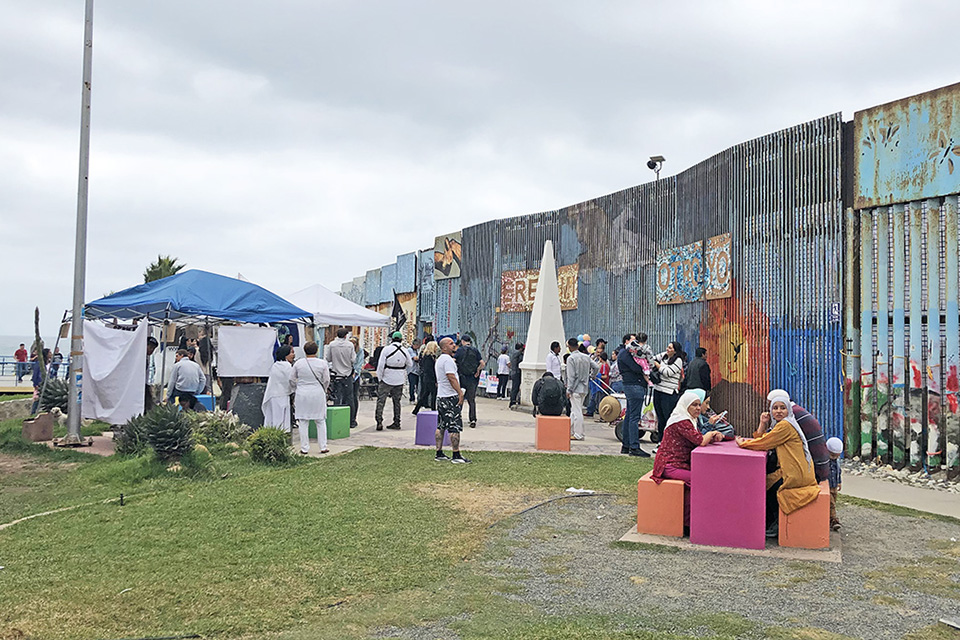
Tomemos acción para salvar el parque de la amistad
La Patrulla Fronteriza de los Estados Unidos pronto comenzará a instalar dos muros de 30 pies en el área del Parque de la Amistad, el histórico lugar de encuentro binacional situado en el extremo más occidental de la frontera entre los Estados Unidos y México, justo al sur de la ciudad de San Diego.
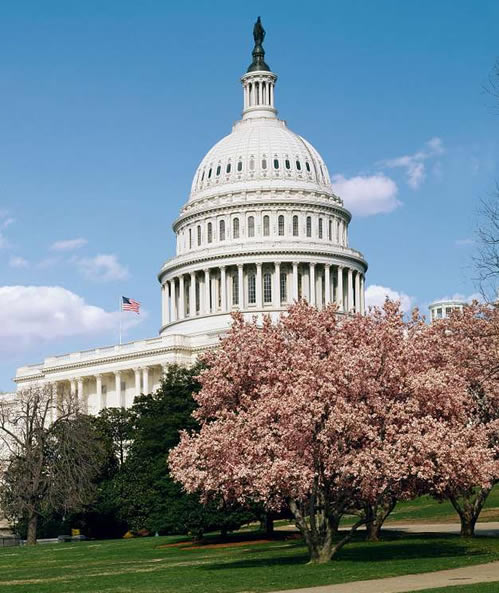
Legislación de justicia ambiental ayudará a las comunidades marginadas
National Wildlife Federation, insta al Congreso a que apruebe el proyecto legal denominado, “Ley de Justicia Ambiental para Todos, A. Donald McEachin”, reintroducido en el Congreso por los representantes, Raúl Grijalva (D-Ariz) y Barbara Lee (D-Calif) y los senadores, Tammy Duckworth (D-Ill) y Cory Booker (D-NJ

100 preguntas oficiales del examen de ciudadanía en inglés
Estas son las 100 preguntas oficiales de ciudadanía americana en inglés (2023). Las preguntas están en la parte cívica de la prueba de ciudadanía. La mayoría de los solicitantes tomarán su examen de ciudadanía en inglés. Sin embargo, si primero desea aprender las preguntas de cívica en español, puede hacerlo haciendo clic aquí.
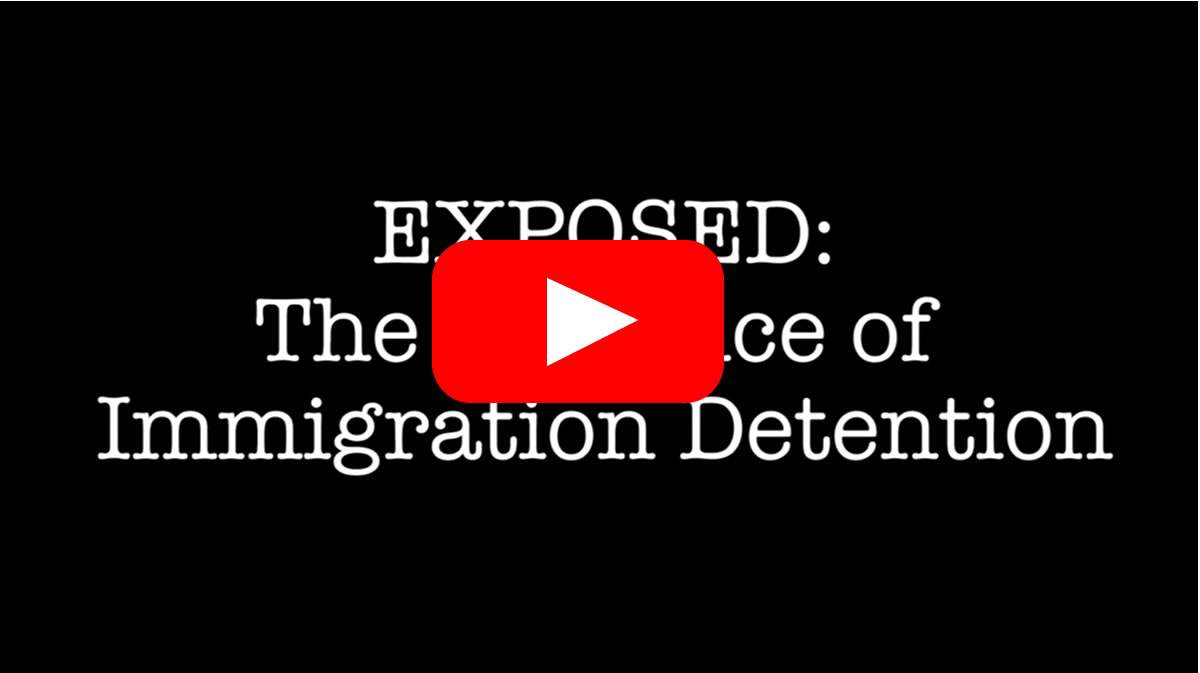
Faithful Friends
Campaña para cerrar la carcel de Yuba y provee apoyo moral y económico a las personas en centros de detención.
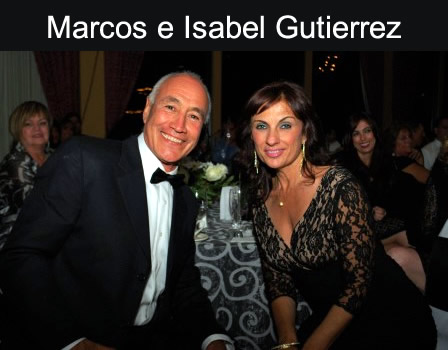
Transmitiendo desde San Francisco, California.
Escuchanos en cualquier parte del mundo.
Politica ⇅


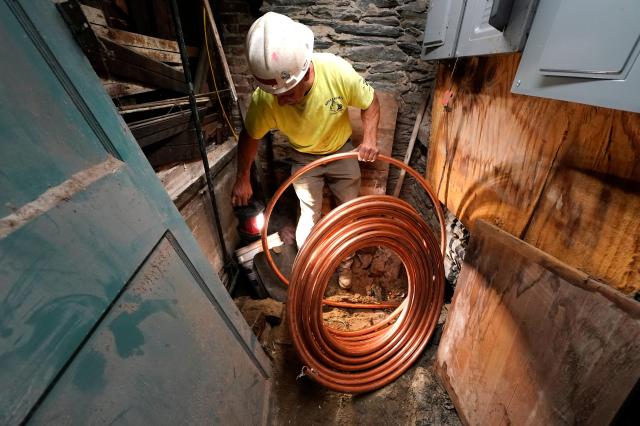






El Mundo ⇅





Locales ⇅
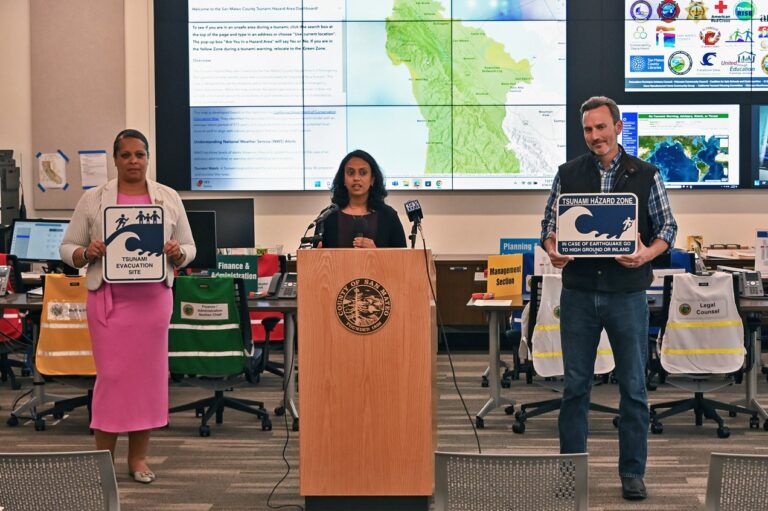



Estados Unidos ⇅






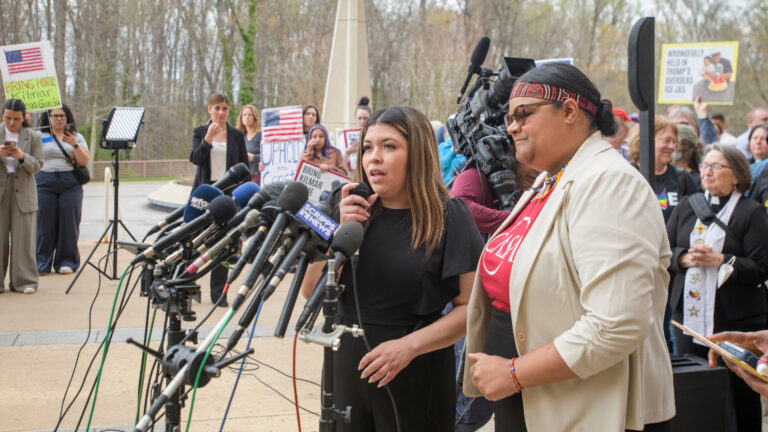

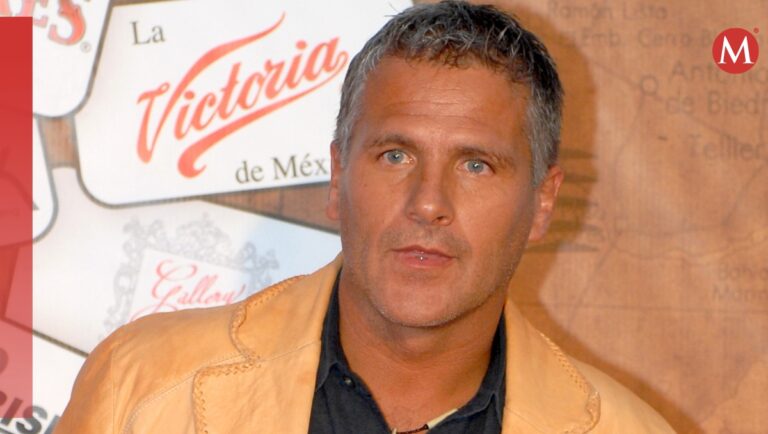


¿Quieres hablar con nosotros en cabina?
Nuestros Horarios en el Estudio:
9am a 11am | 12m a 1pm | 4 a 5 pm | 5 a 6pm
horario del pacifico
Inmigración ⇅

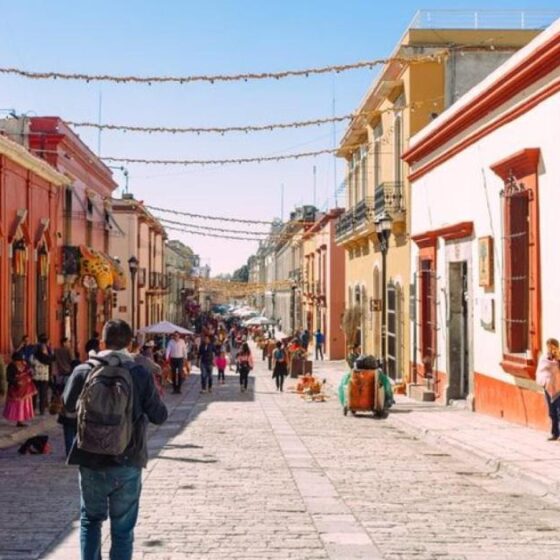
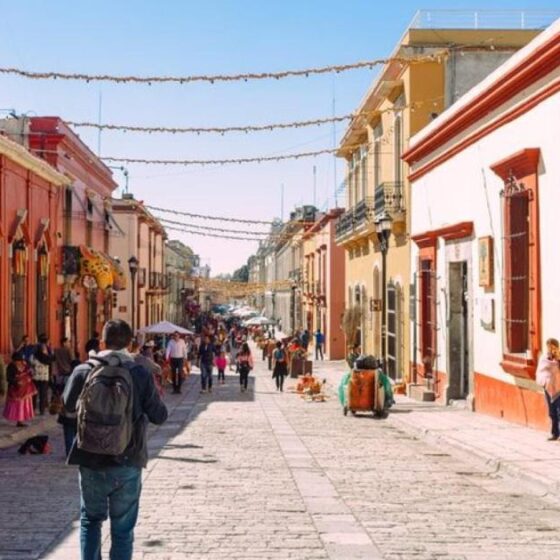
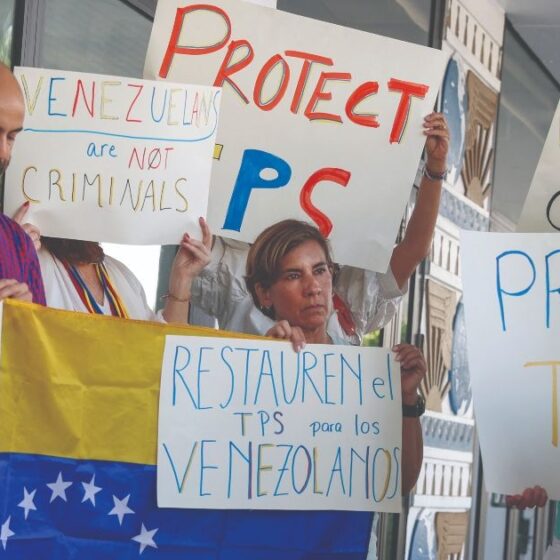
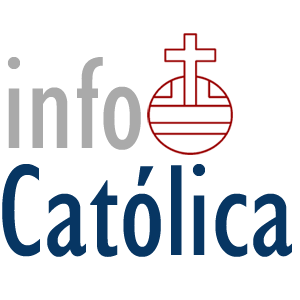
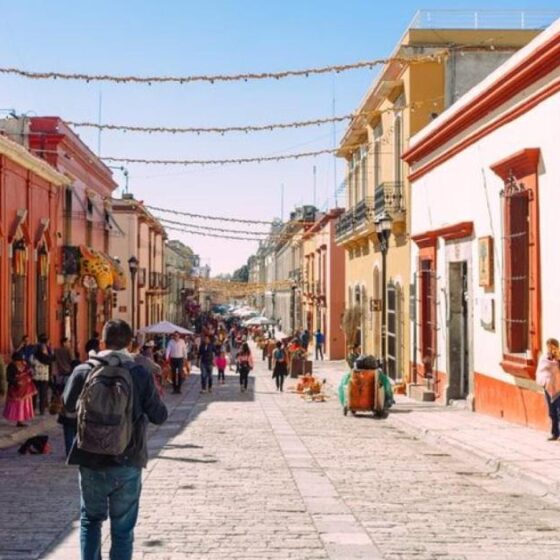
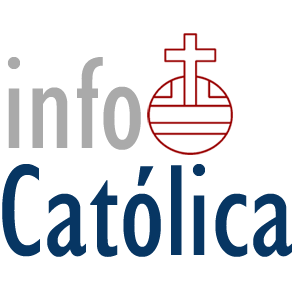

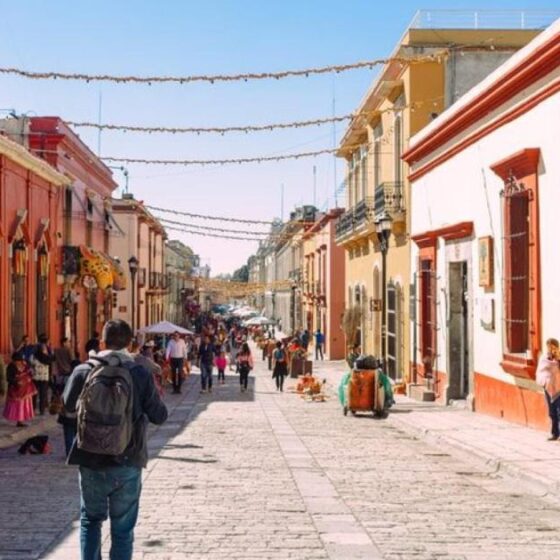
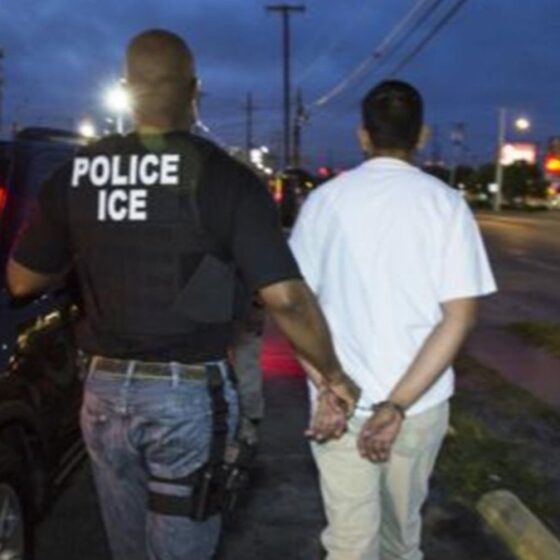

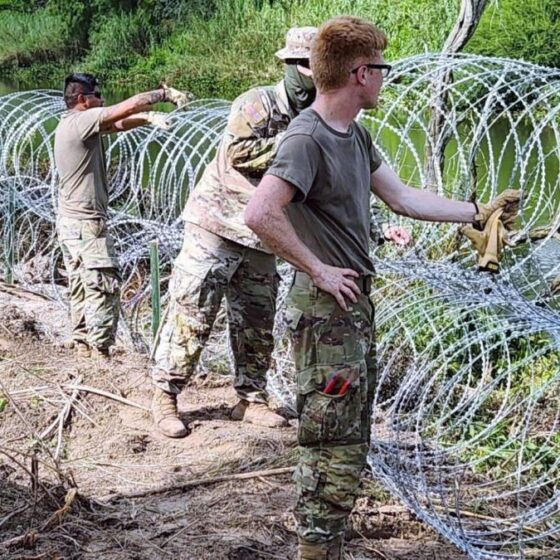
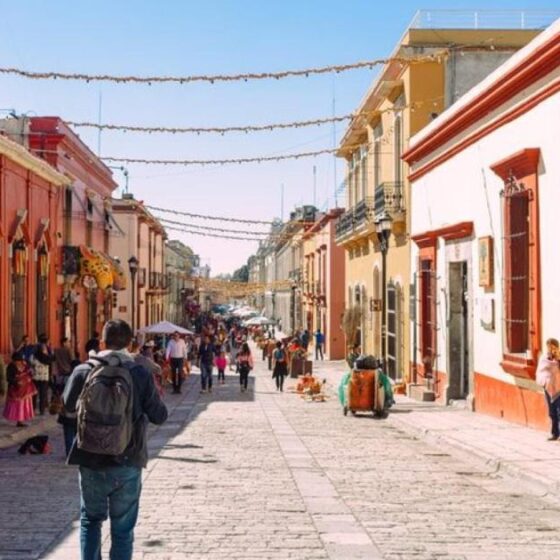
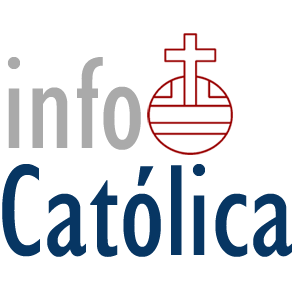
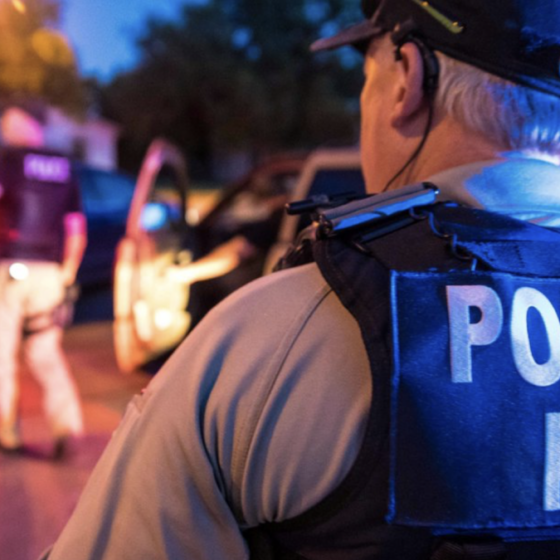
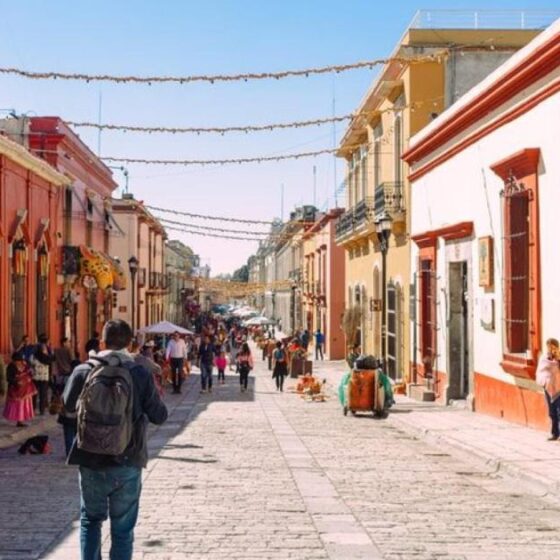
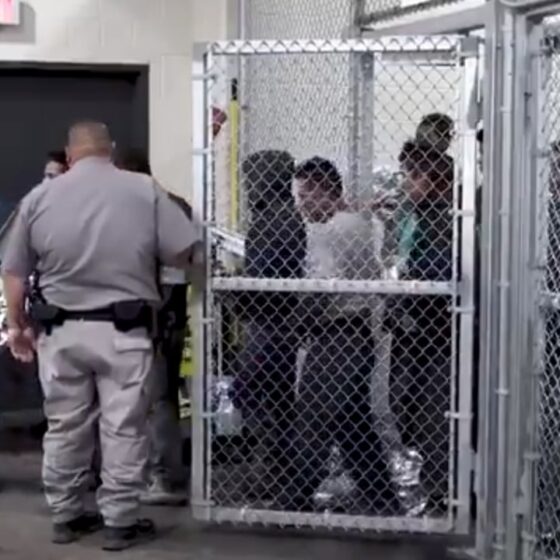
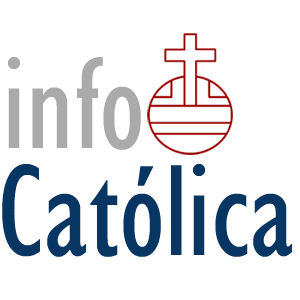




Economía ⇅
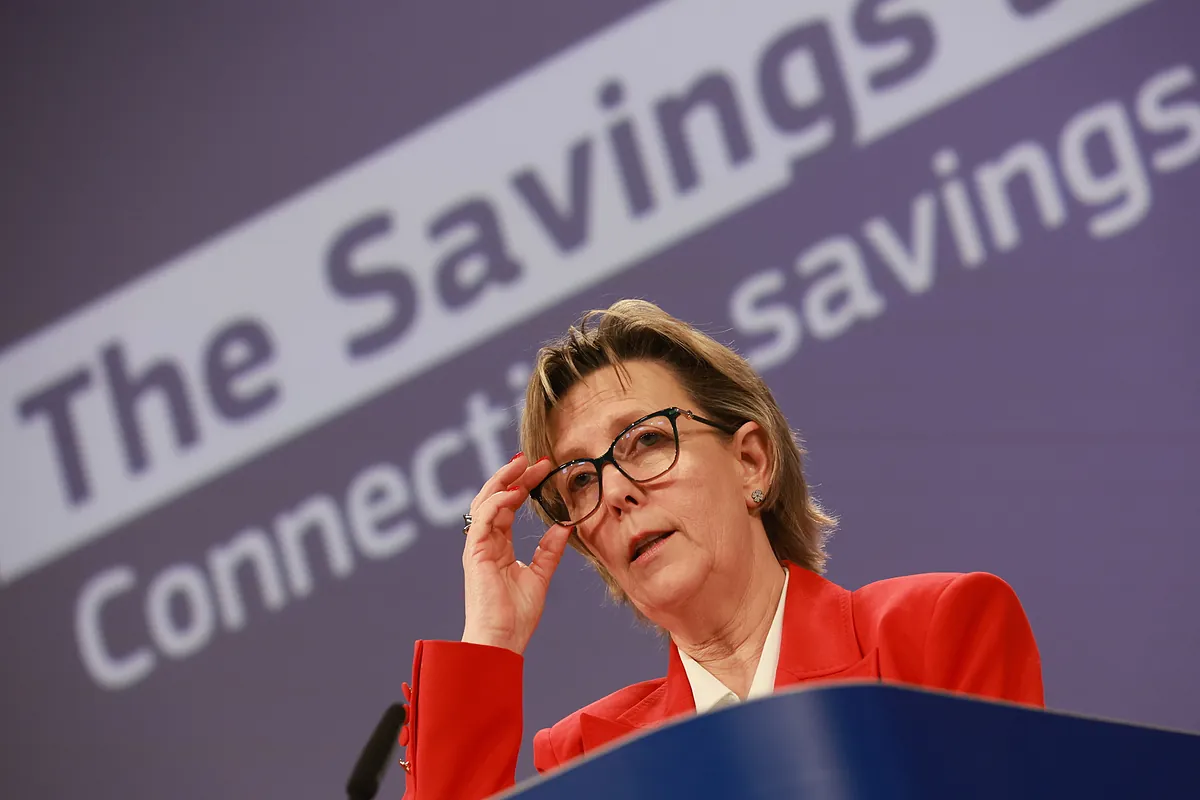
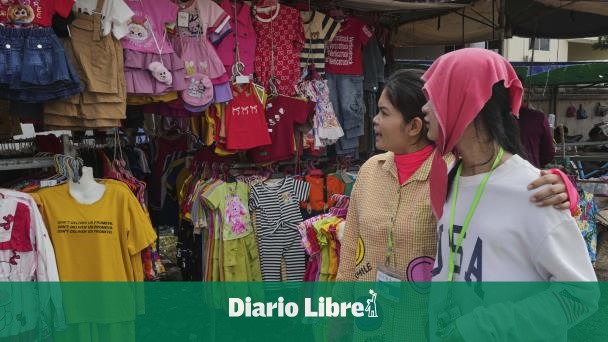

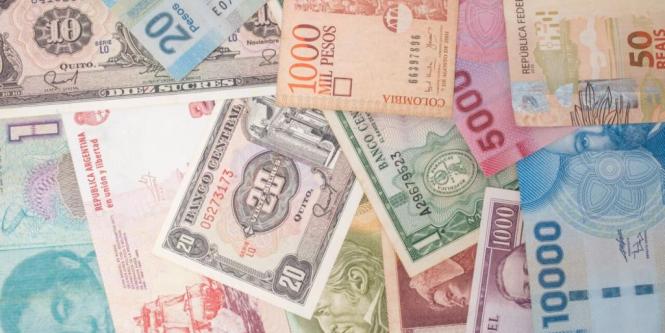

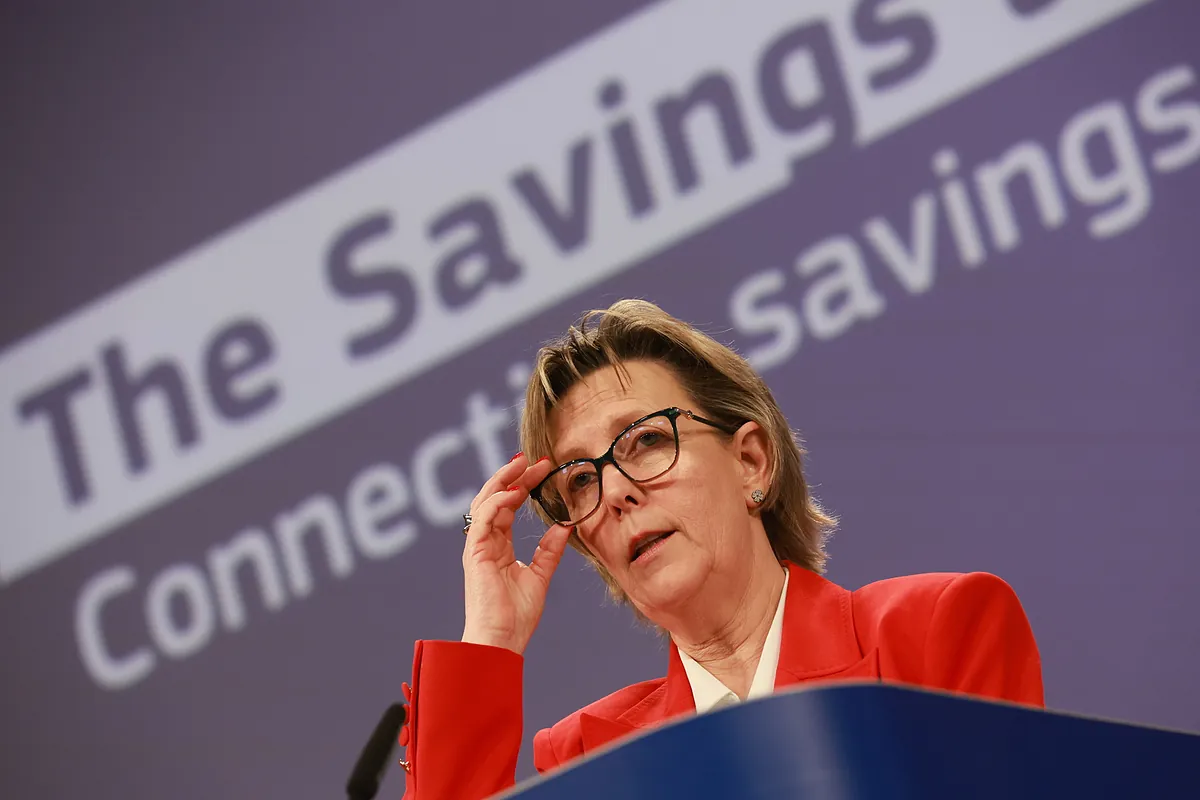

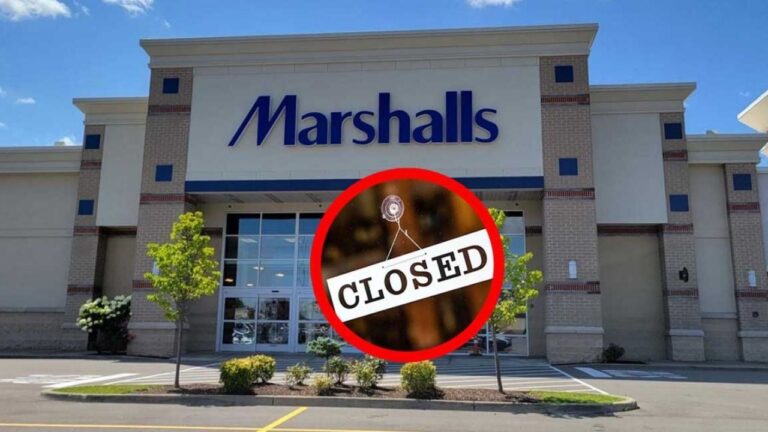
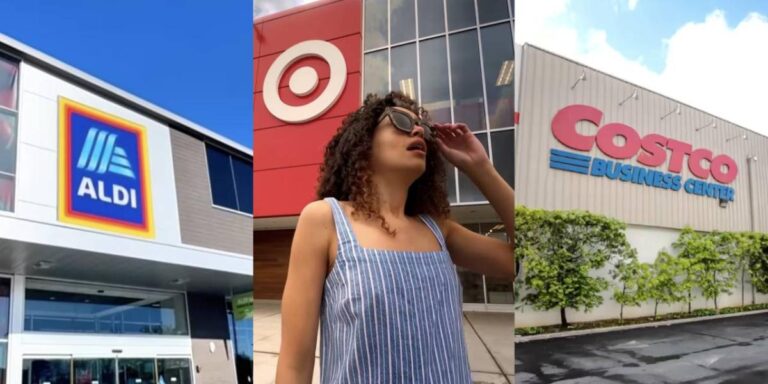




Deportes ⇅

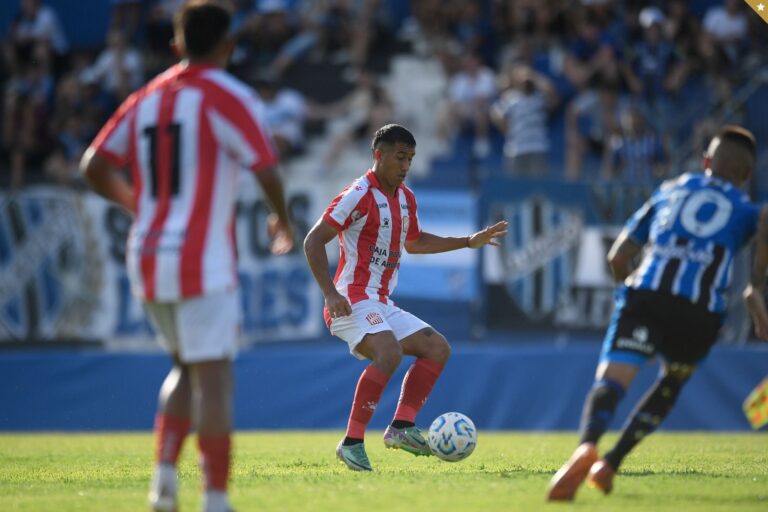


Curiosidades ⇅
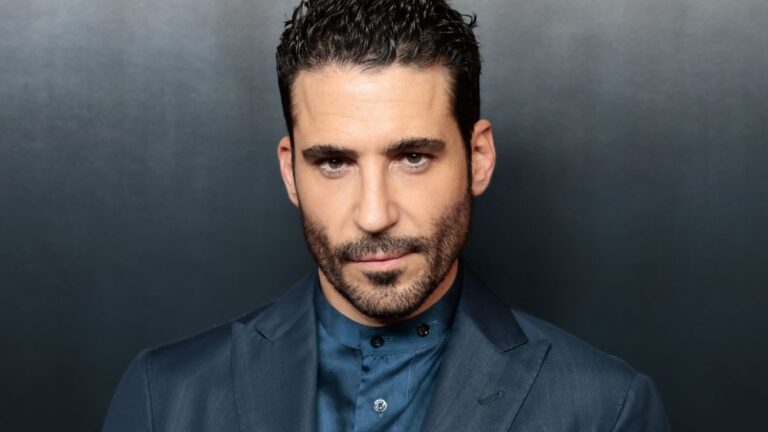






Cultura y Educación ⇅
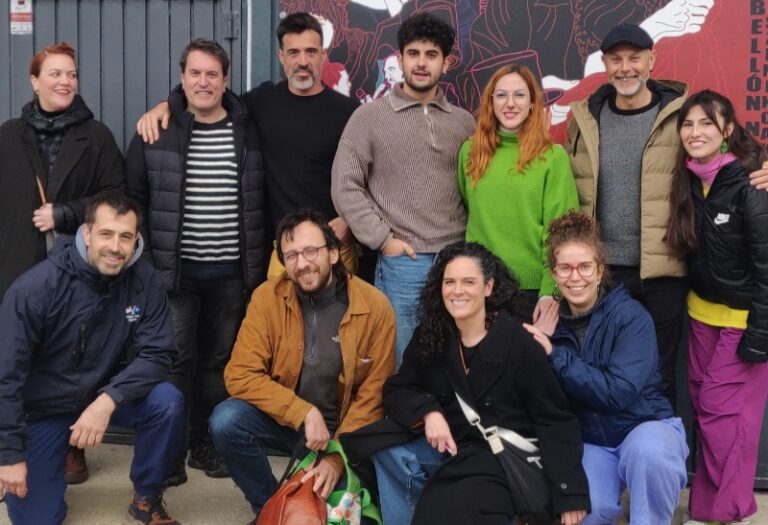


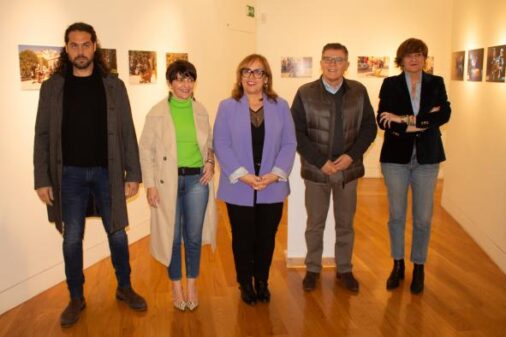
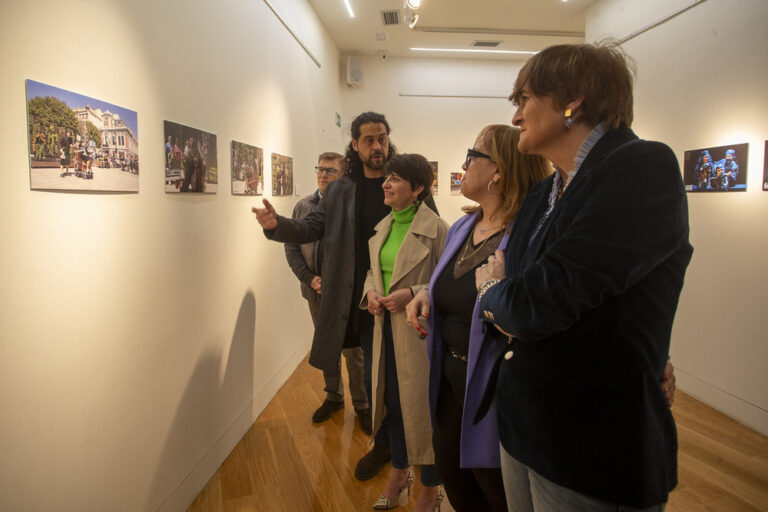


Tecnología ⇅

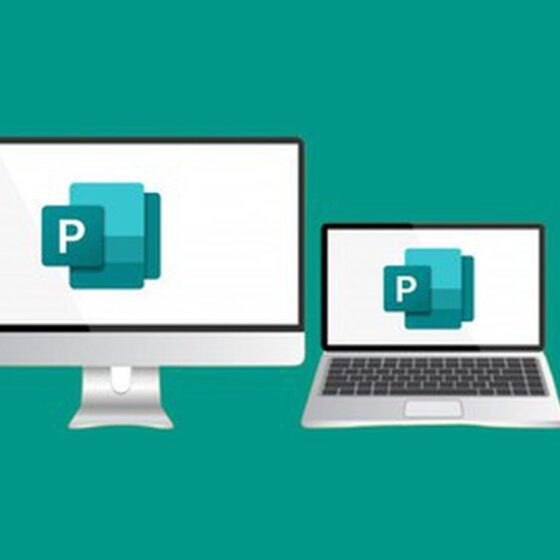


Salud ⇅


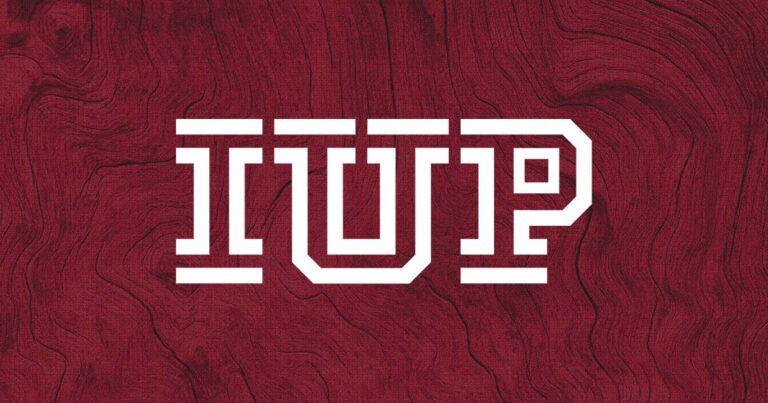



Religión ⇅

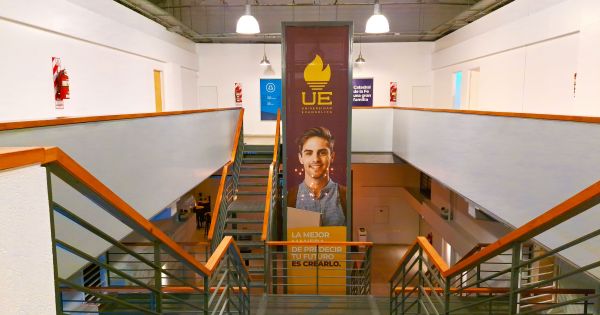
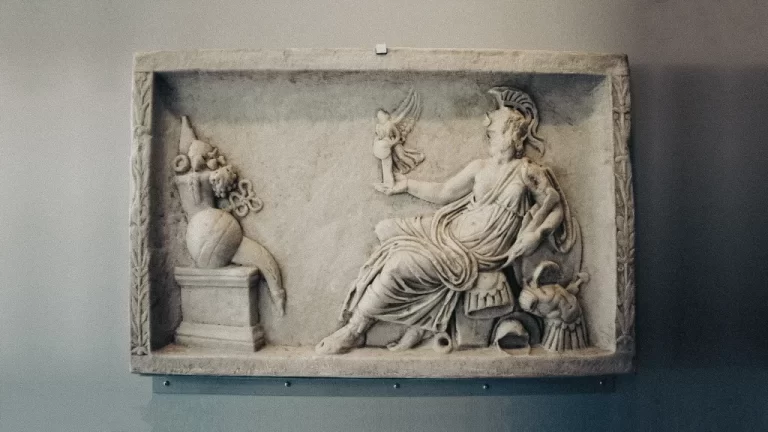
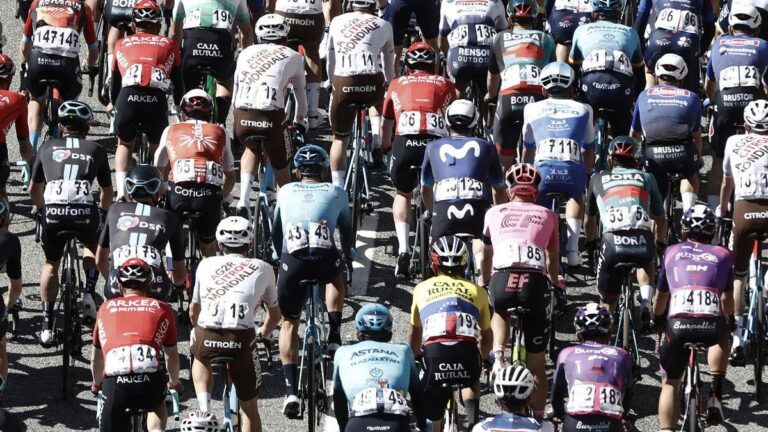
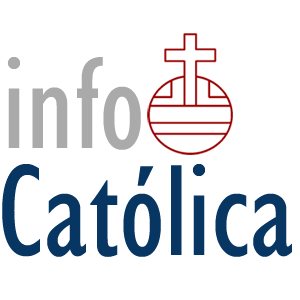



Entretenimiento ⇅
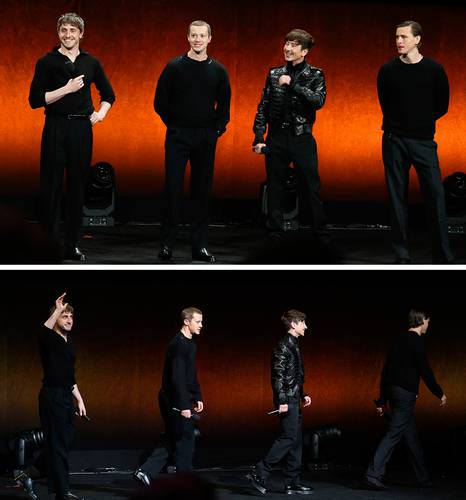






Medio Ambiente ⇅



